
Browse Service Heroes
Click here to sign up so you can start posting
your service heroes before their stories are lost
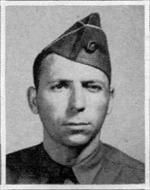
Print My Service Hero
View MyWarBuff Page
Add WarBuff Friend
Share with Friends
|
Recommend Joseph's Story to Digg it | del.icio.us | Reddit
Assigned: 1st Armored Division, 1st Armored Regiment (L) 'Blackhawks'
Highest Rank: Corporal
Entered Service: 11/19/1940
Exited Service: 5/29/1945
Foreign Service Length: 2 Years, 5 Months and 7 Days
Continental Service Length: 2 Years, 1 Month and 4 Days
Location of Service: Tunisia, Morocco (North Africa), Italy
Gender: male
Basic Training: Fort Knox, Kentucky
Service Related Injury: Concussion and contusion.
Military Position: Truck Driver Light
Place of Separation: Yuma Army Airfield-Yuma, Arizona
From City: Ashtabula
From State: Ohio
Current City: N/A
Date of Birth: 07/1915
Date Deceased: 06/1967
|

 |
|
| |
Hailing from Isernia, Italy, Giuseppe (Joseph) Anthony Palumbo was inducted into the U.S. Army at Fort Hayes in Columbus, Ohio at the age of 25 yrs. old.
|
| |
Conducted his Basic and Advanced Individual Training at Fort Knox, Kentucky. Assigned duties as a Truck Driver, Light. Assigned to Headquarters Company, 1st Armored Regiment (Light), under the command and control of the 1st Armored 'OLD IRONSIDES' Division.
|
| |
The 1st Armored Division was ordered to Fort Dix on April 11, 1942 to await their deployment overseas.
|
| |
The division's port call required them to board troopships at the New York Port of Embarkation at the Brooklyn Army Terminal, and on May 31, 1942 Corporal Palumbo departed the continental United States, heading across the Atlantic Ocean. Their destination; 'Fortress Europa'. By the time his division embarked for shipment overseas, the armored force was evolving into a formidable weapon.
|
| |
Corporal Palumbo, along with the rest of the 1st Armored Division's troopships arrives in Northern Ireland. While there they spend the summer and early fall training for combat in Europe. The 1st Armored Division soldiers gained valuable experience during this time, participating in exercises with tank veterans of the British Army who had already faced the Nazi forces in Europe.
|
| |
When the American Army began the march to Germany, the 1st Armored Regiment (L) was there. OPERATION TORCH was the British-American invasion of French North Africa. At 0820, 8 Nov. 1942 the men of the 1st Armored Regiment landed at St Leu, French Morocco. By 1100 they had captured Tafaraoui airfield, 30 miles away, overrunning a battery of French medium guns, which was defending it. The next day they acquitted themselves admirably against the counter attack of French Tanks.
|
| |
The men of the Regiment showed themselves equally adept against the Germans in Tunisia during the Tunisian Campaign from 17 November 1942-13 May 1943.
|
| |
OLD IRONSIDES spent the summer of 1943 refitting and training for its next combat assignment. Transferred to Morocco in May, the 1st Armored Division relieved the 2d Armored Division, which moved to Tunisia in preparation for the assault on Sicily. The division, reorganized and finally refitted, trained with its new equipment during September and was ready for action in Italy by mid-fall 1943.
|
| |
On 23 Aug. 1943, about 0900, while riding on top of a railway car, near Oujda, Morocco, Corporal Palumbo was knocked unconscious by some unknown manner, probably striking a low bridge. Was unconscious for approx. 2 hours. Suffered a concussion, contusions on face and fractured a couple ribs.
|
| |
In November 1943 the 1st Armored Division moved to Italy to participate in the drive that took the Allies to the base of Monte Cassino. In this drive they won another battle honor, Naples-Foggia. The War in Italy reached a stalemate.
|
| |
The next engagement that the 1st Armored Regiment took part in was in late January 1944. The 1st Armored Division,along with the 1st Armored Regiment, moved to land at Anzio, Italy with hopes of outflanking the German winter line. The muscle of their metal maintained the threatened perimeter after the first attempt to break out failed in the face of heavy German reaction. Finally, they were the ones who broke the German Ring on 24 May, 1944.
|
| |
After helping to liberate Rome on 5 June, 1944 the 1st Armored Division ground steadily up the Italian boot, crossing the Arno on 1 September. During this drive, on 20 July, 1944 the 1st Division was pulled out of the line and reorganized under a new table of organization. The 1st Armored Regiment became the 1st Tank Battalion.
|
| |
Corporal Palumbo suffered from unforeseen medical issues which affected his ability to perform his military duties. He departed Europe aboard a troopship bound for the United States, arriving home on 7 Nov. 1944.
|
| |
Corporal Palumbo was reassigned to D Company, 10th Battalion of the Armored Force Replacement Center. The school trained armored force Soldiers in military fundamentals and in specific areas such as tank gunnery, armor tactics, communications, and maintenance.
|
| |
Due to continual medical issues, Joseph found himself reassigned to Yuma Army Airfield in Yuma, Arizona. After further testing and evaluation, Private Palumbo was medically discharged in May 1945.
|
|
|
|
 - American Defense Medal - WW II (The American Defense Service Medal is a decoration of the United States military, recognizing service before America’s entry into the Second World War but during the initial years of the European conflict.)
- Army Good Conduct Medal (The Good Conduct Medal is awarded to any active-duty enlisted member of the United States military who completes three consecutive years of "honorable and faithful service".)
- Combat Service (To denote Combat Service, an Overseas Service Bar is displayed as an embroidered gold bar worn horizontally (during World War II) on the left-lower sleeve of the U.S. Army Class A uniform. Each embroidered bar is presented for serving 6 months overseas in a combat zone.)
- European - African - Middle Eastern Campaign Medal (The European-African-Middle Eastern Campaign Medal is a military decoration of the United States Armed Forces and was intended to recognize those military service members who had performed military duty in the European Theater (to include North Africa and the Middle East) during the years of the Second World War. CPL. Palumbo's includes 3 Bronze Campaign Star to denote three campaigns; Tunisia, Naples-Foggia, and Anzio.)
- French Croix De Guerre Medal - WWII (The Croix de guerre (English translation: Cross of War) is a military decoration of France. The Croix de guerre was also commonly bestowed on foreign military forces allied to France. The Croix de guerre may either be bestowed as a unit award. The unit award of the Croix de guerre was issued to military commands who performed heroic deeds in combat and were subsequently recognized by headquarters. The Croix can be awarded to military units, as a manifestation of a collective Mention in Despatches. It is then displayed on the unit's flag. A unit, usually a regiment or a battalion, is always mentioned at the army level. The Croix is then a Croix de guerre with palm. Cpl. Palumbo's unit, the 1st Armored Regiment (L) was awarded the French Croix de guerre w/palm for their meritorious service in CENTRAL ITALY during the Italian Campaign.)
- World War II Victory Medal (This decoration commemorates military service during World War II and is awarded to any member of the United States military, including members of the armed forces of the Government of the Philippine Islands, who served on active duty, or as a reservist, between December 7, 1941 and December 31, 1946.)
|
|
|
|
Click on the pictures to enlarge.
 |
|
|
|
| |
Top Row, 5th Army patch. The patch on the right, 1st AR Div. Patch. Next to patches, Enlisted Collar discs. Above military ribbons is unofficial Combat Armor Badge that denotes combat service (similar to their infantry brethren). The 4 ribbons & medals; Army Good Conduct Medal, American Defense Service Medal, European-African-Middle-Eastern Campaign medal w/Arrowhead device, 1 silver & bronze campaign stars (denoting Tunisian & Italian campaigns), WW II Victory Medal, & French Croixe de Guerre w/Palm. Adjacent to ribbons is the 1st Armored Regiment 'Blackhawks' regimental insignia. On left side is 'Ruptured Duck', honorable discharge lapel pin, right side, sew-on 'Ruptured Duck' Honorable Discharge patch. Below these insignia, left sides are overseas bars (denotes 2 years foreign service) & on right side is one service bar (denotes 3 years honorable service). On the bottom row are the ranks he wore; Private First Class, Technician 5th Class, & Corporal
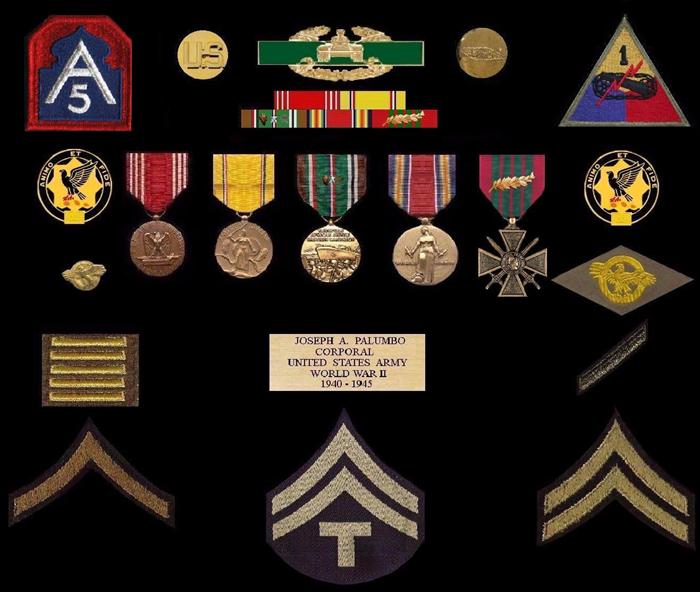
|
Fellow soldiers in Cpl. Palumbo's Company.
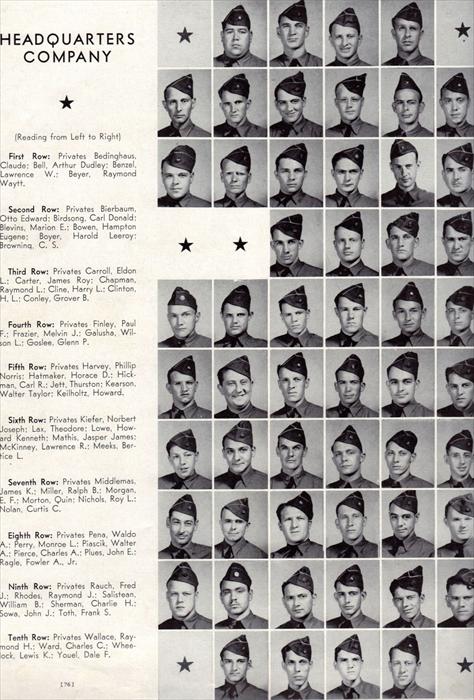
|
Picture of Cpl. Palumbo and his fellow soldiers. Joseph is located on the Third Row, second-from-the-left.
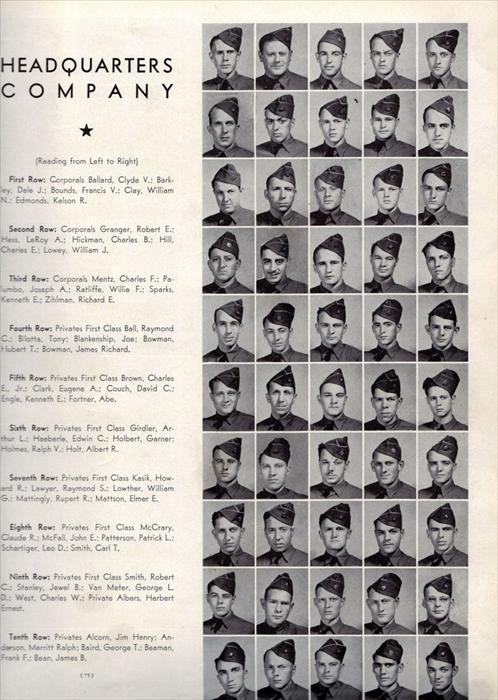
|
| |
Cpl. Palumbo's command staff of his Company.
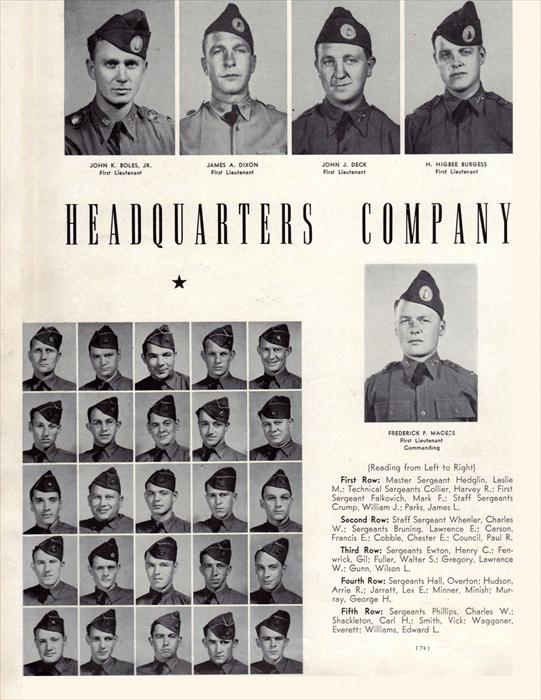
|
1st Armored Regiment (L) title page.
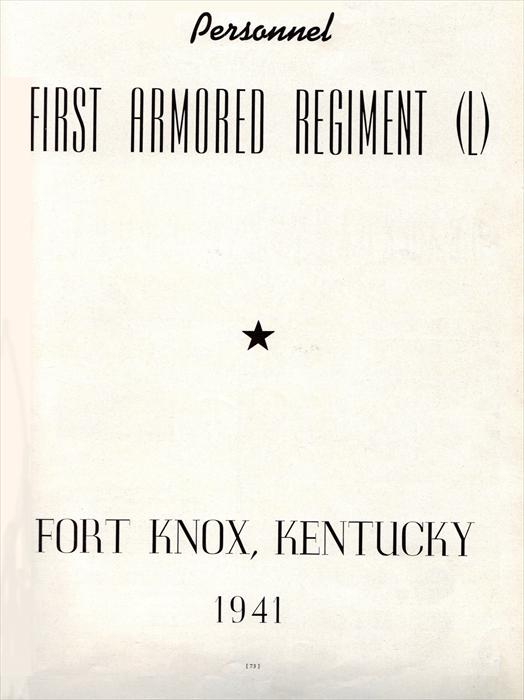
|
Various pics of 1st Armor Division soldiers having fun and enjoying their time off.
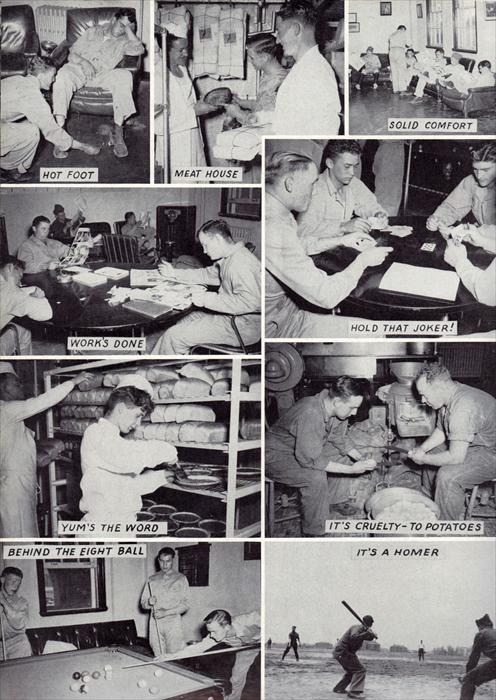
|
| |
Pics of 'Refueling', both men and machines.
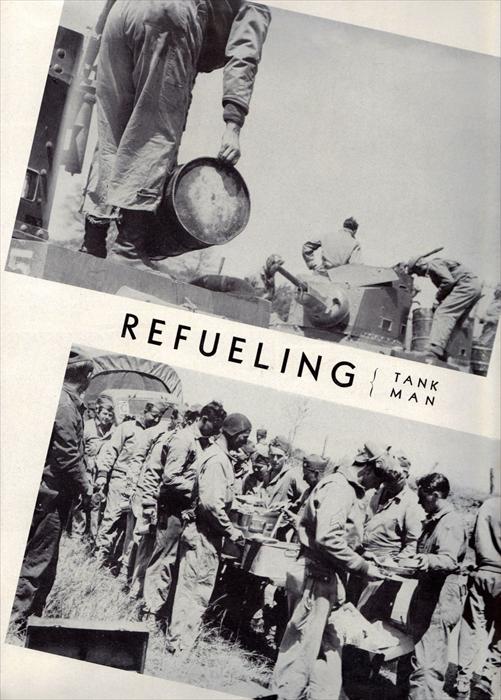
|
Pics of soldiers at a bivouac.
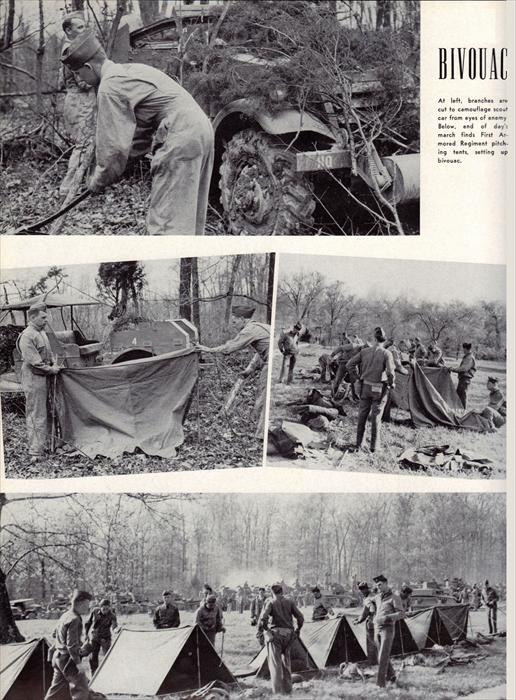
|
Various 'Scout Cars' used by the 1st Armored Division, ranging from Armored Cars to light Command Tanks.
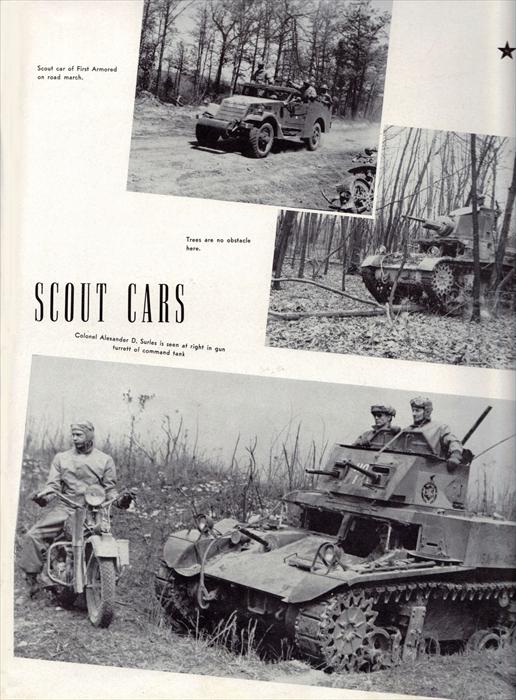
|
| |
Pics of 'Tanks' and...
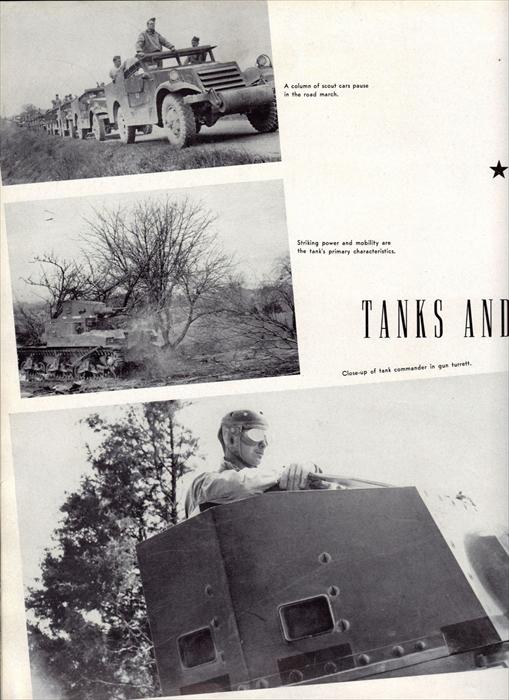
|
More pics of field exercise.
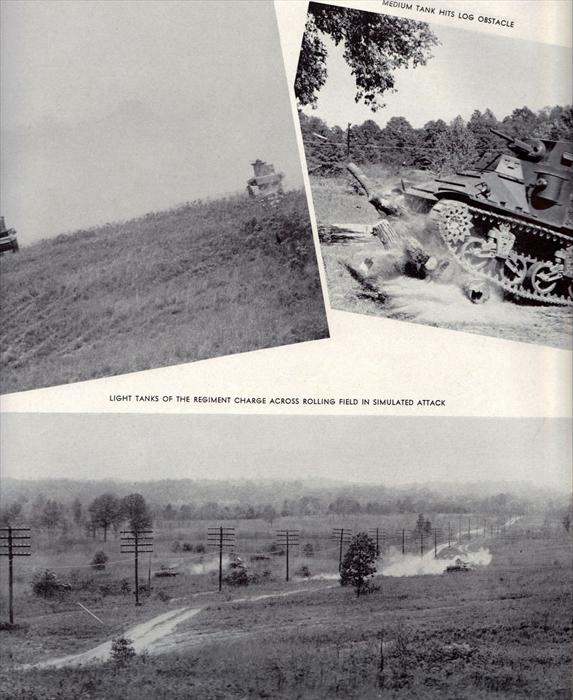
|
Pics of field exercise.
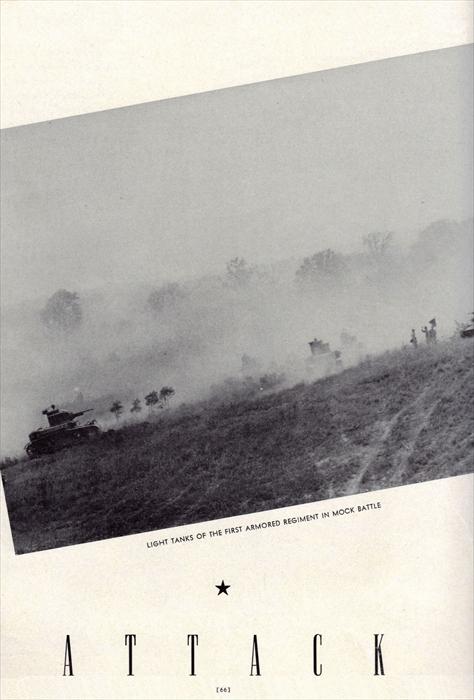
|
| |
More pics of past commanders.
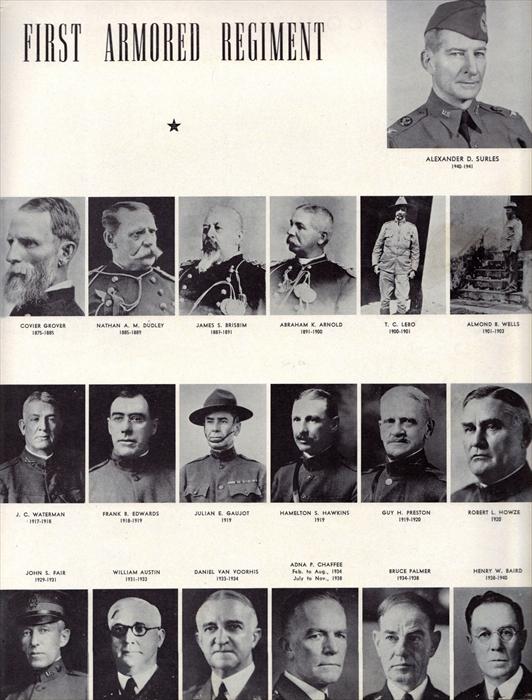
|
Pics of Past Commanders of the 1st Armored Regiment
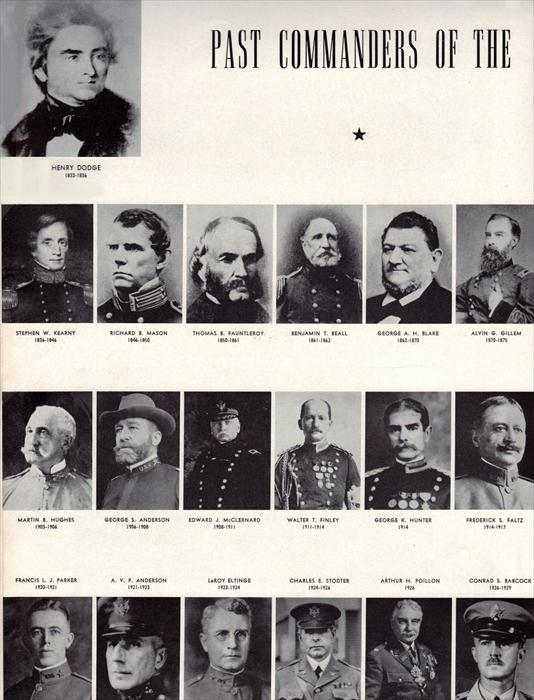
|
Colored picture depicting the 1st Armored Regiment's regimental flag.
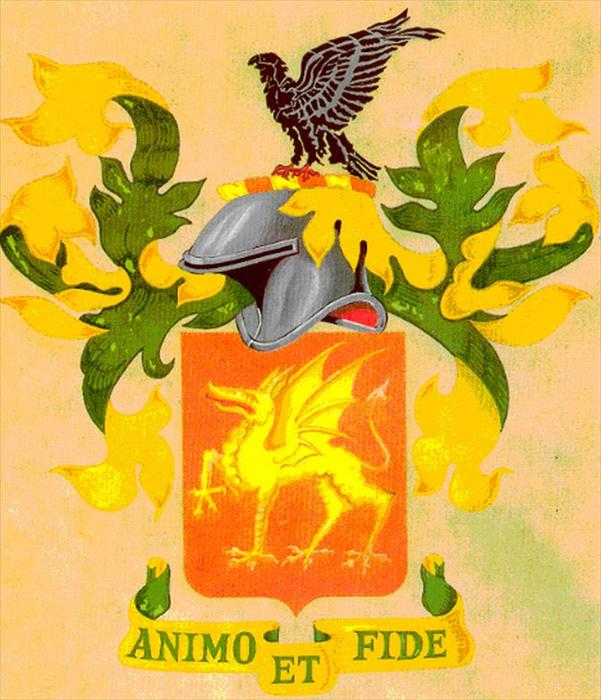
|
| |
Original black & white pic depicting the 1st Armored Regiment insignia and description.
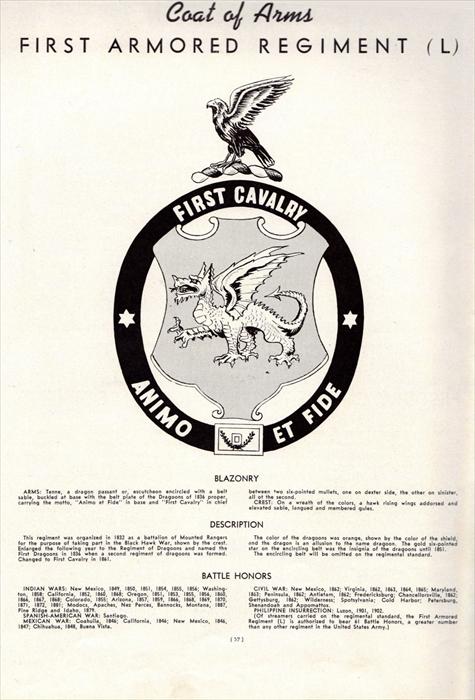
|
The 'Striking Echelon' composed of scouts on motorcycles and light tanks.
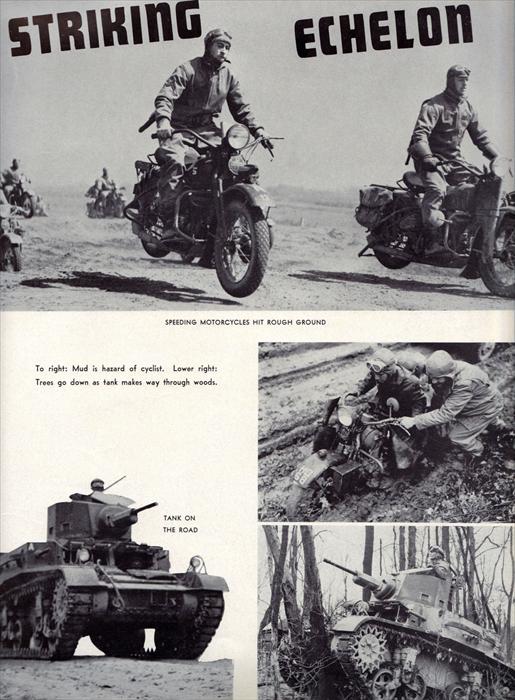
|
More pics of some of the main armored vehicles used by the 1st Armored Division.
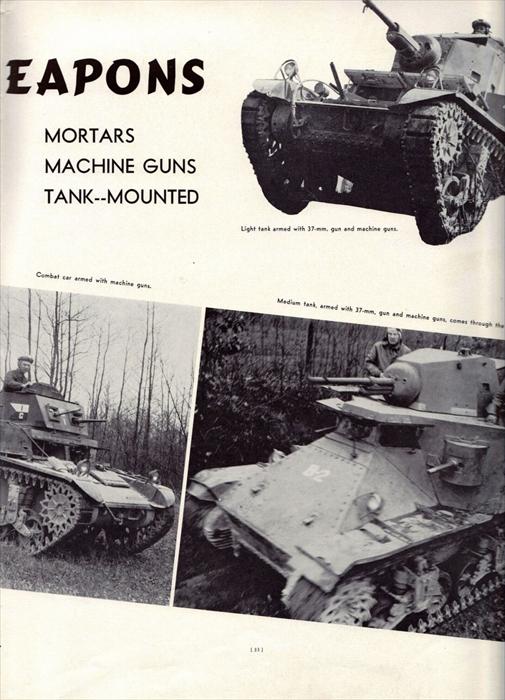
|
| |
Mortars and Machine Guns in action.
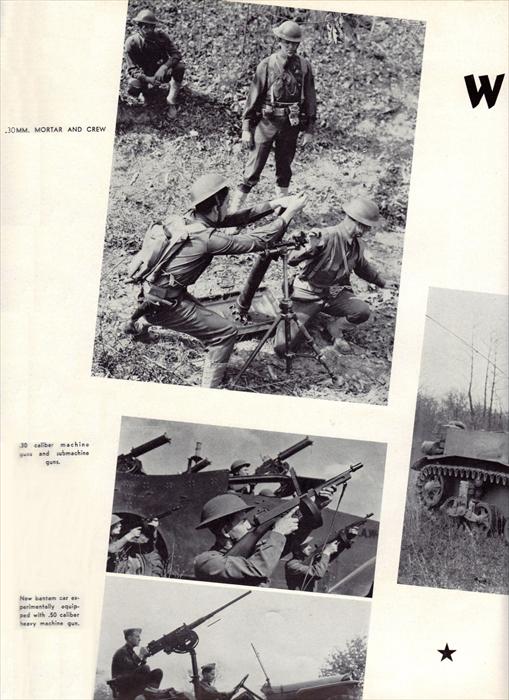
|
'King of Battle', loading up the big guns!
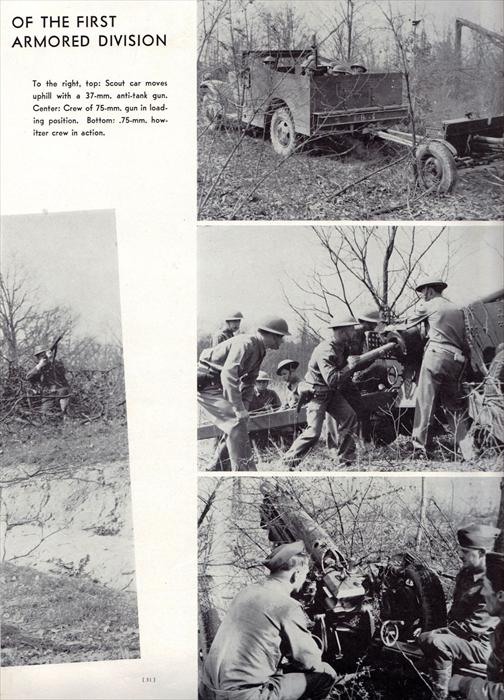
|
Guns used by soldiers of the 1st Armor Division.
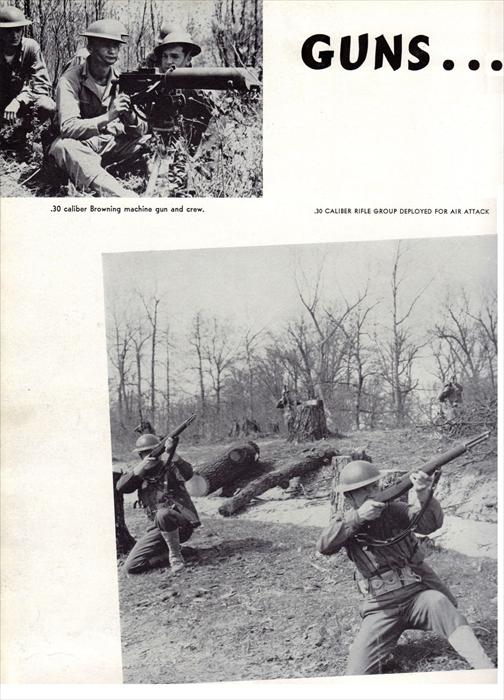
|
| |
Repelling an 'air attack' with machine guns and submachine guns.
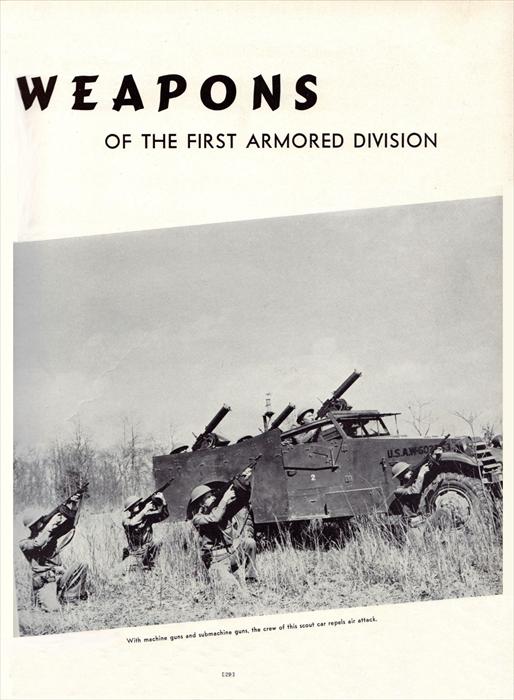
|
Various vehicles used by the 1st Armor Division, from clockwise, left-to-right; motorcycle with sidecar, staff car, ten-ton wrecker, and motorcycle (being used as cover from enemy small arms fire).
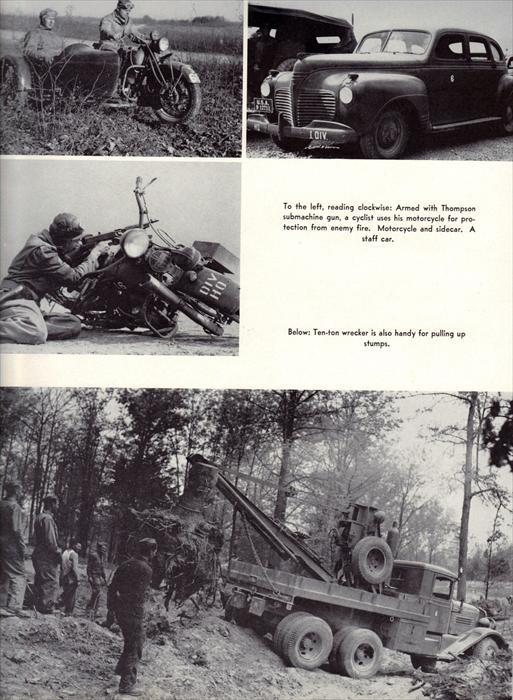
|
Large vehicles used as transportation; 2 1/2 'Deuce-and-a-half' ton truck, a tanker truck, and Command & Reconnaissance car.
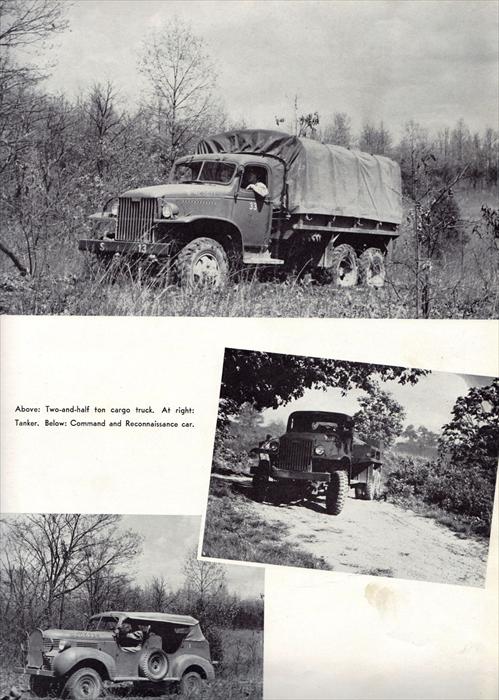
|
| |
Half-ton truck towing an anti-tank gun. A 2 1/2 ton truck with gas and oil trailer, and with winch in operation.
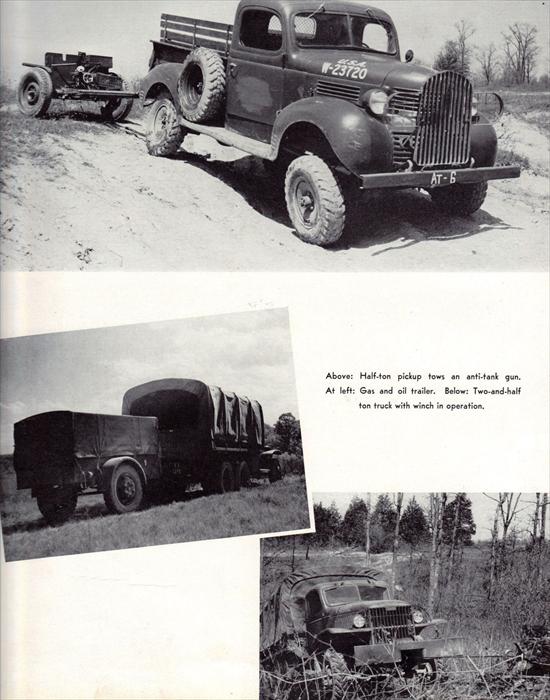
|
Half-track truck crossing pontoon bridge pulling an artillery piece. A scout car taking to the hills and finally, a 2 /12 ton truck pulling a 75 mm Howitzer cannon.
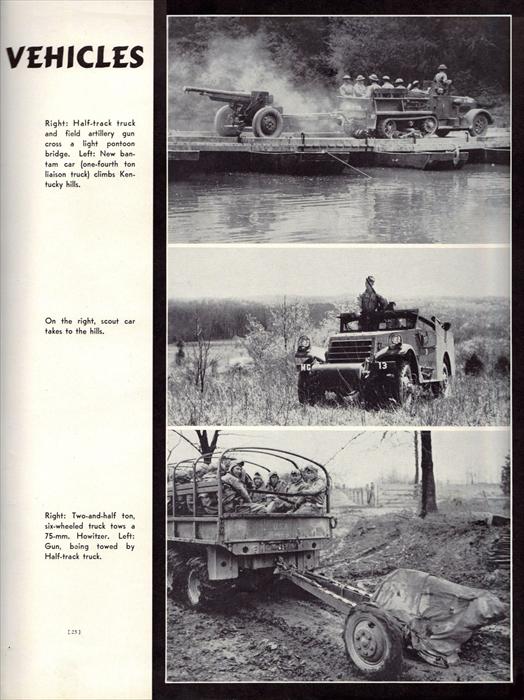
|
The all-purpose jeep and half-track pulling a small artillery piece.
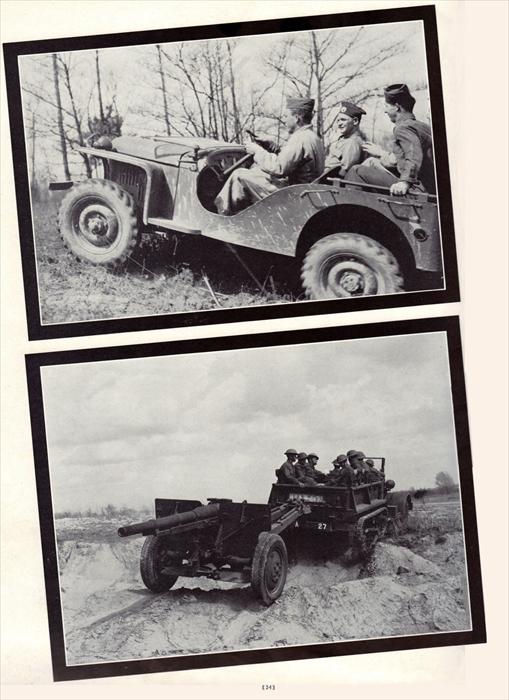
|
| |
Vehicles pulling out of a bivouac.
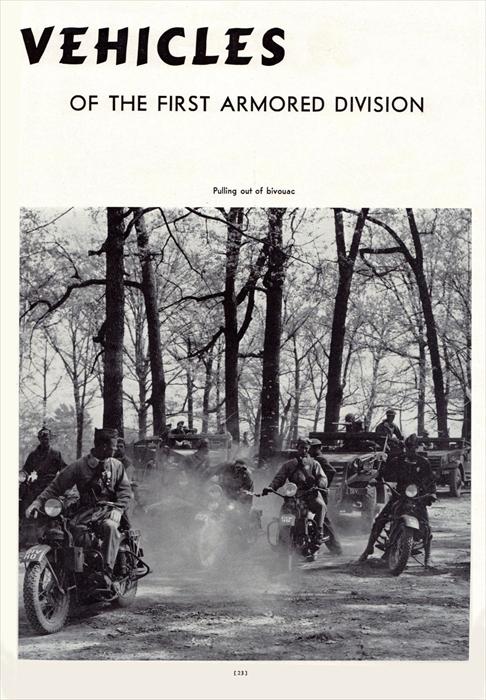
|
Colored pic of modern 1st Armored Division shoulder sleeve insignia (SSI).
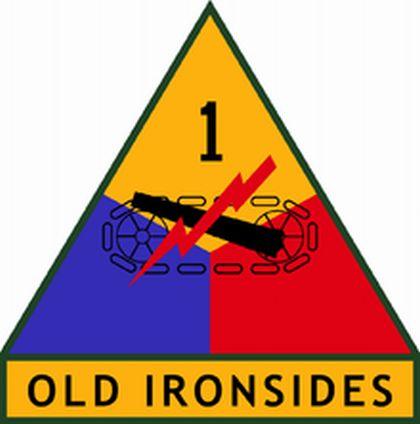
|
Old black & white pic of original 1st Armored Division insignia with description and history behind it.
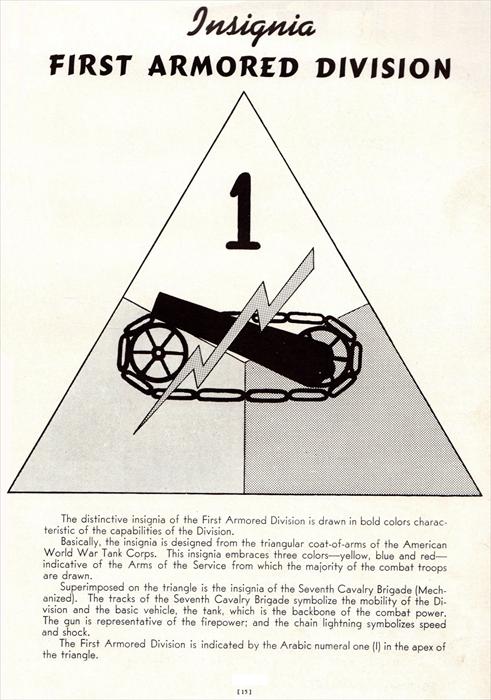
|
| |
Major General Bruce Magruder, Commander, 1st Armored Division. Picture taken circa, 1941.
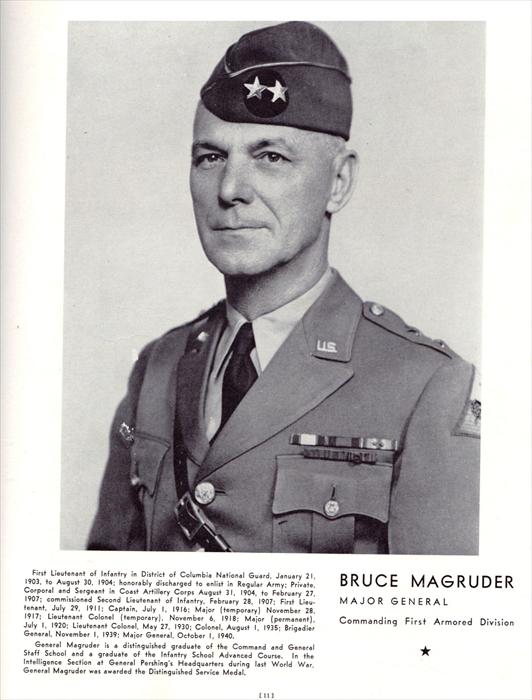
|
Then-Major General Adna Chaffee, Commanding Armored Forces and the First Armored Corps.
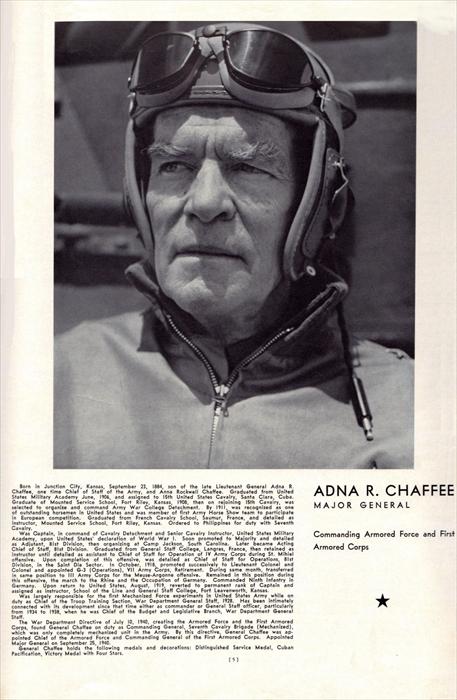
|
Then-General George C. Marshall, Chief of Staff, circa 1941.
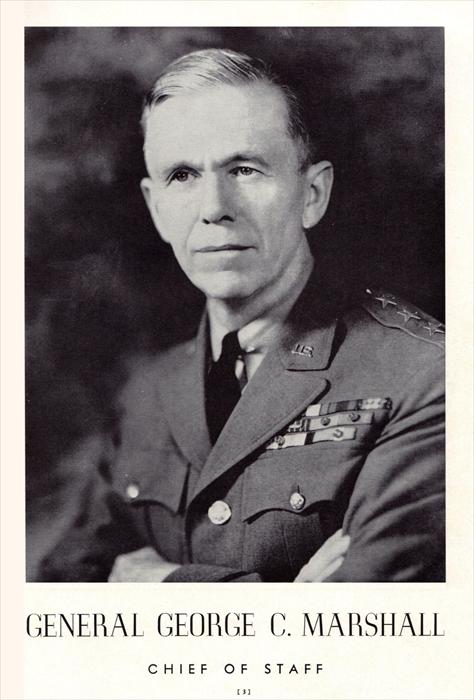
|
| |
Franklin D. Roosevelt, President and Commander-in-Chief, circa 1941.
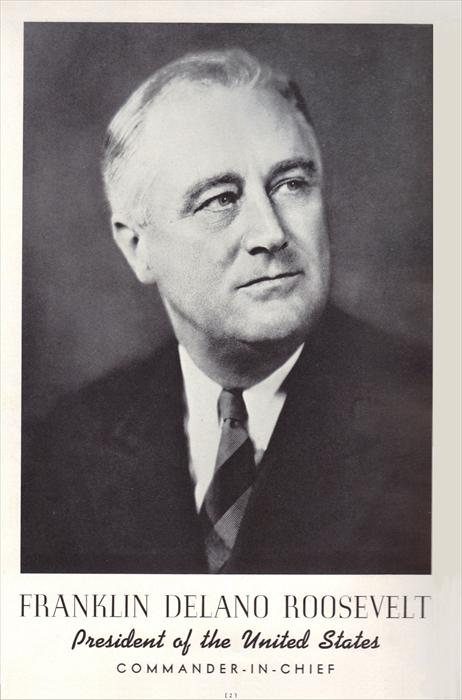
|
Certification of Corporal Joseph A. Palumbo as a member of Headquarters Company, 1st Armored Regiment (L), as of 12 Dec. 1941.
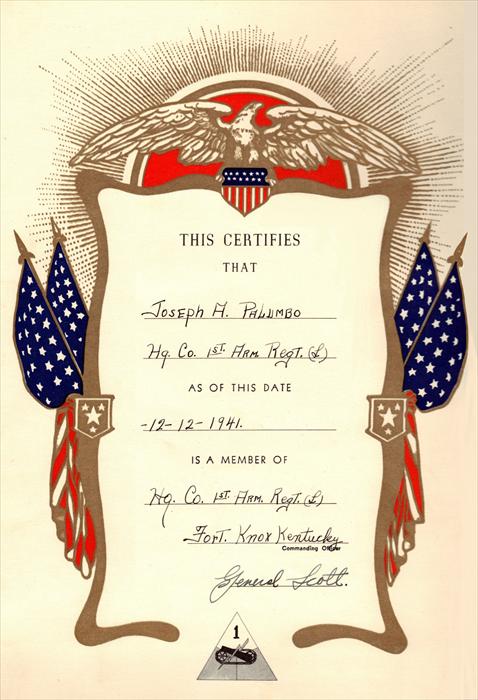
|
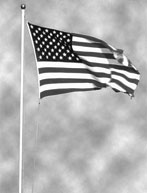
|
|
|
|
|

Copyright © 2008-2013 MyWarHistory.com, ltd. All rights reserved worldwide. May not be copied or distributed without prior written permission from MyWarHistory.com, ltd.
|